
Currently, endangered animals are protected through important laws. These laws protect not only them but their essential habitats that support a wide range of life and biodiversity. This means that habitats like forests and rivers that endangered species live in are protected, and damaging them is considered direct harm to the animals.
This interpretation of the word “harm” has been discussed and agreed upon for decades, but now, officials want to change this interpretation. They say that the law should only count if an animal is directly harmed.
This narrowing of vital environmental protection laws has implications for wildlife. Many fear that the motivation for changing the interpretation of the law is so that more construction and mining projects can get approval to encroach on wildlife habitats.
A Clear Law

The Endangered Species Act was passed in 1973, and since then, there’s been an understanding between courts and agencies for the last fifty years that wildlife habitats are just as important as the wildlife that they house.
This has aided in the protection of vital ecosystems like wetlands, forest, and rivers. For example, salmon spawning grounds are directly responsible for the continued growth of their population.
This habitat needs to be protected, or salmon could die out. Narrowing the term to only direct injury or death will mark a major shift, potentially reversing decades of protection policy.
Economic Benefits
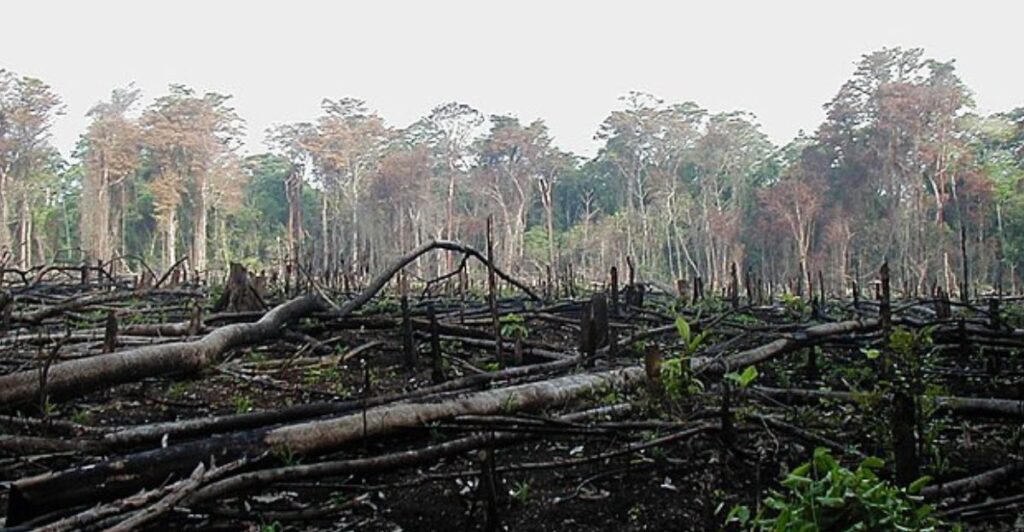
The narrowing of the law is in the best interest of economic gain for industries like construction, mining, and energy. Current projects can be delayed or stopped halted for years due to environmental protection if the repercussions are harming wildlife or wildlife habitats.
If the laws change to only be direct harm, the projects could move forward with reckless abandon, creating billions of dollars in economic activity and creating more job opportunities.
This will be especially impactful in areas with high demand for housing, energy but it will all come with a steep cost to the environment. Mining for valuable and important minerals will also be able to go ahead with little hindrance despite other implications like chemical runoff and pollution.
Cutting Red Tape

With the term “harm” being a broad definition, there has been a lot of complicated and lengthy environmental debate about what it means. Agencies have spent significant time and money determining whether a project will hurt an animal species or wildlife habitat.
This means that there are often many legal challenges and delays in building infrastructure. Properly defining the word “harm” would simplify reviews, allowing agencies to focus on clear cases of animal harm. With reduced paperwork, permits would be easier to obtain and government resources could be used in other conservation efforts.
There is still a matter of whether or not exploitation would take place if these terms are narrowed down. Important wildlife habitats could be the victims of this decision.
Infrastructure
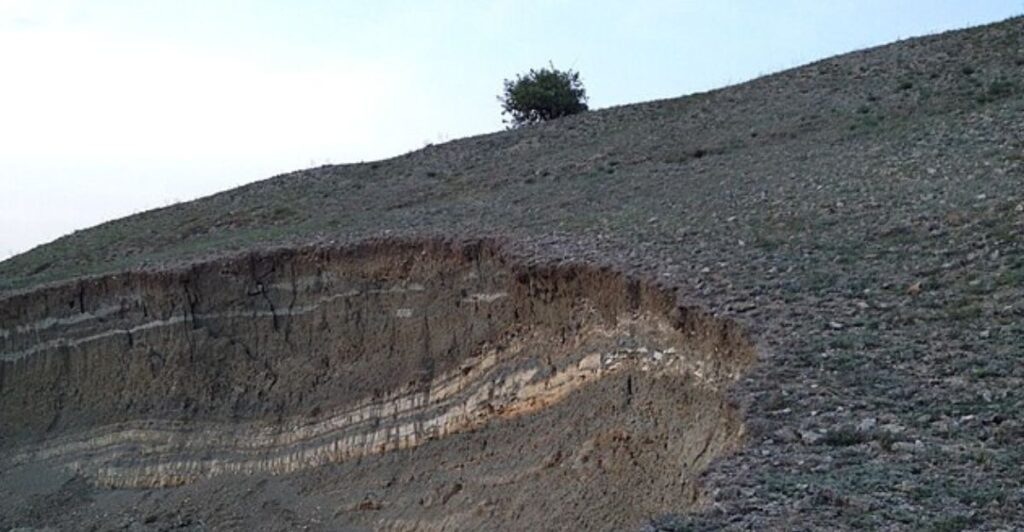
Those in support of the proposed definition change argue that in the modern age, having projects get approval faster would help the United States improve important infrastructure, such as power lines, roads, and communication networks.
Supply chains and defense capabilities are important, and delays could hinder these efforts. This change would help build critical infrastructure for communities that need it the most, as well as help the country respond to emergencies like natural disasters faster.
These new proposals have sparked the rethinking of what conservation is and what will best help the animals that live in these environments. Perhaps old views of conservation are outdated, and a different approach is needed in the modern world.
Rethinking Conservation

Historic conservation practices believe that protecting the habitats of endangered animals is the best way to protect them. However, officials have argued that we aren’t giving these animals enough credit and that they are much more adaptable than we previously thought.
If direct harm to them can be avoided, then they will adapt to habitat changes. Proposed conservation efforts would focus only on the direct injury or death of these animals while letting habitat modification occur under controlled conditions.
This encourages adaptive management and recognizes that ecosystems are dynamic and can coexist between development and wildlife. Although these values are trying to drive forward the new definition and promise to still keep environmental impact in mind, many critics believe that this could be the start of ecological decline as a result of economic gain.
Environmental Impact
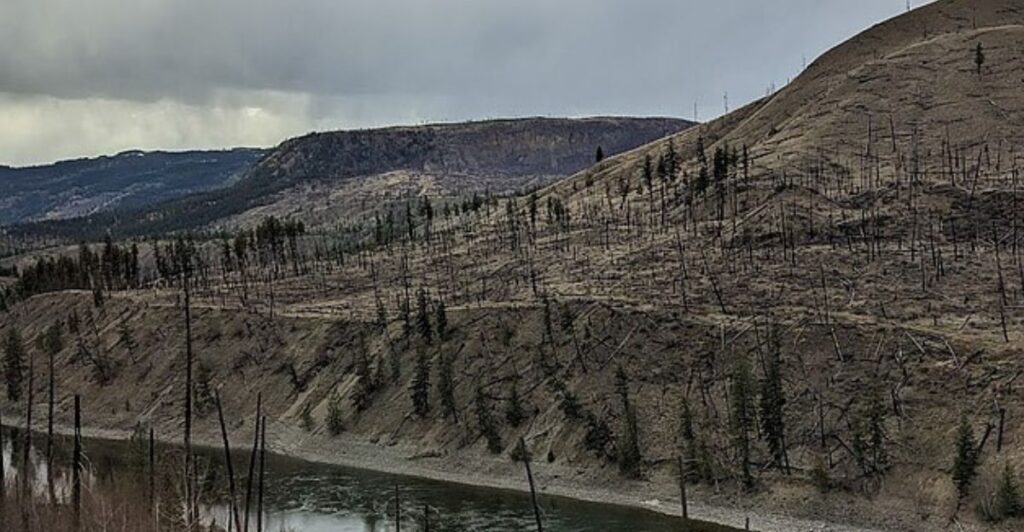
Narrowing the definition of “harm” to exclude the interference and damage to habitats poses extensive risks to wildlife populations and ecosystems. The destruction and fragmentation of critical ecosystems have happened historically, and we have all the evidence we need to know what could happen if more ecological encroachment was allowed.
Habitats that are destroyed by construction have broader consequences, as pollution is introduced in can effect nearby existing habitats that aren’t directly destroyed.
Species lose essential resources and habitat corridors, which isolate populations and decrease biodiversity. This would leave species more vulnerable to other factors, such as climate change. These changes to ecosystems would undermine decades of wildlife conservation.
Ecological Consequences

There are complicated ecological relationships that are crucial to the survival of endangered species. These relationships would be ignored if conservation efforts only focus on addressing cases where direct harm of an animal is involved.
Habitat loss can interfere with food chains, water cycles, and soil health – which would have a knock-on effect for many species in the entire ecosystem. Removing vegetation from a habitat usually has increased soil erosion as a result and reduced water quality.
This has negative effects on aquatic species downstream. Environmental degradation will be allowed without being checked, all in the interest of innovation and economic gains. If this goes on for long enough, there would be consequences for many different ecosystems, and there could be an eventual ecological collapse.
Undermining Conservation Efforts
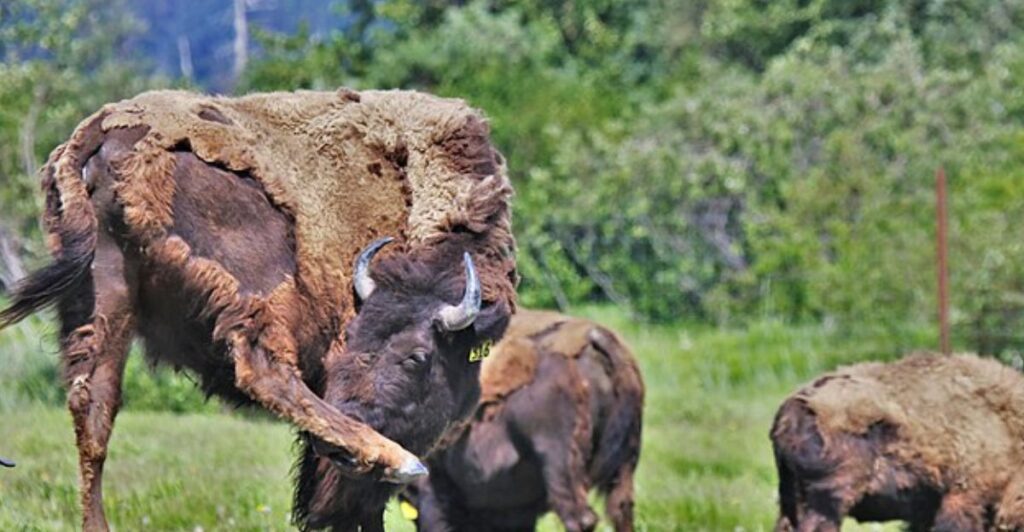
This proposed change in a policy that has protected critically endangered species for nearly fifty years threatens to weaken the policy’s effectiveness by removing a large part of its conservation authority.
If habitats can no longer be protected directly, then conservation efforts would have to be reactive efforts whenever a species is already harmed rather than a proactive approach to protecting habitats from being damaged in the first place.
Focusing on directly protecting a species when its numbers are already low will be ineffective when its habitat is being destroyed without consequence. This also sends a troubling message that economic interests outweigh ecological values.
A Troubling Future
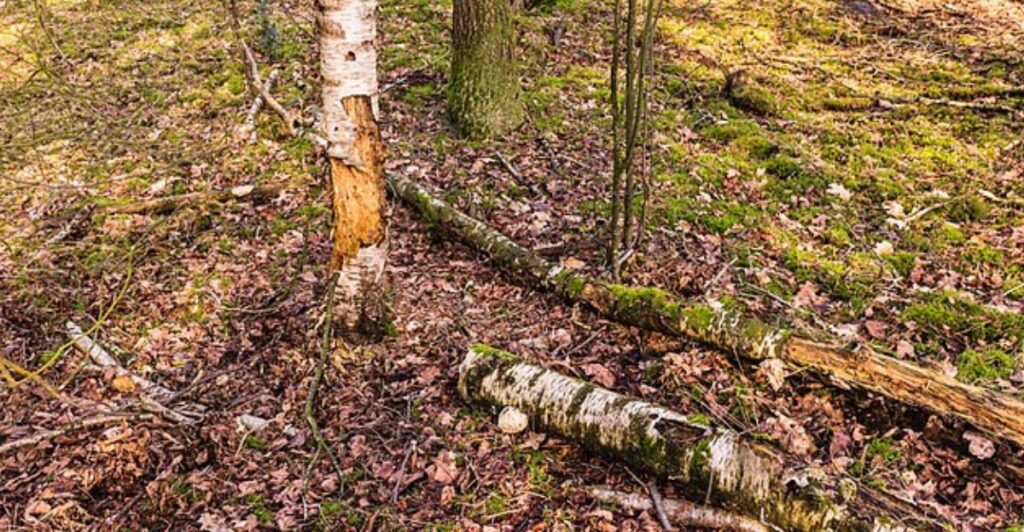
If the proposal is approved and the definition of “harm” becomes narrow, a troubling future for conservation and ecological health could follow. Industry could lead to irreversible environmental damage, just as it has in the past.
Perfectly healthy habitats provide vital buffers against a rapidly changing world that introduces the increased risk of extreme weather. These habitats also provide essential carbon storage, which helps mitigate the effects of climate change.
In the long run, ignoring habitat conservation for the benefit of industry could lead to the accelerating decline of many species and the extinction of already endangered ones.
Explore more of our trending stories and hit Follow to keep them coming to your feed!

Don’t miss out on more stories like this! Hit the Follow button at the top of this article to stay updated with the latest news. Share your thoughts in the comments—we’d love to hear from you!







